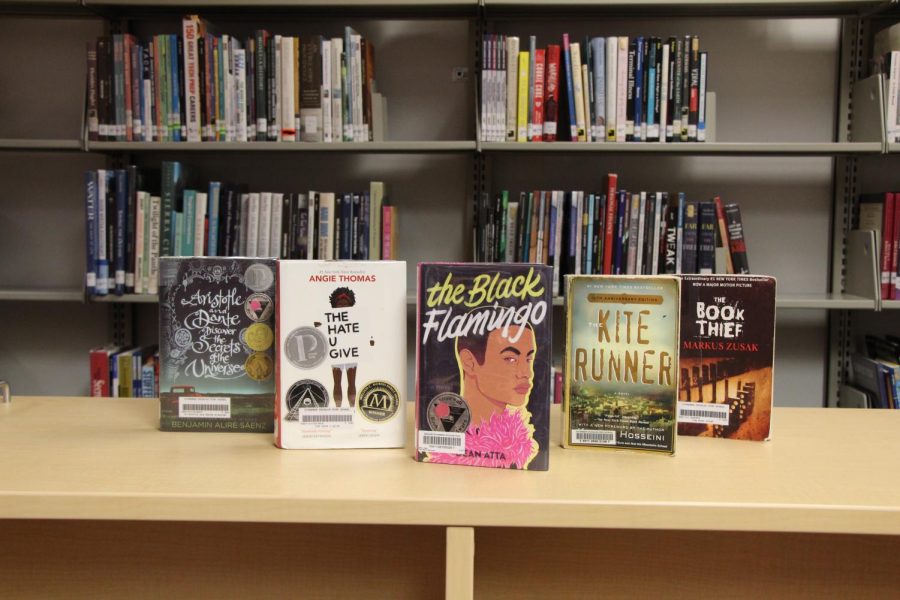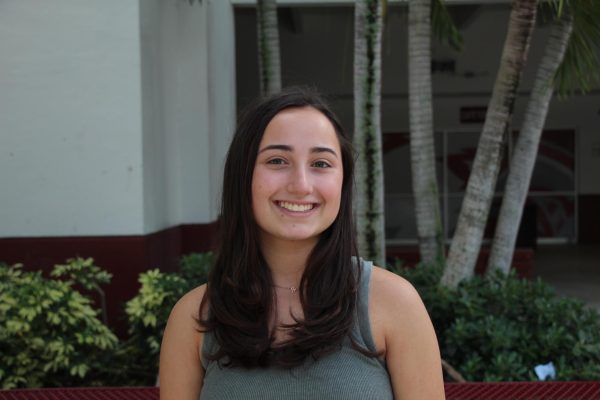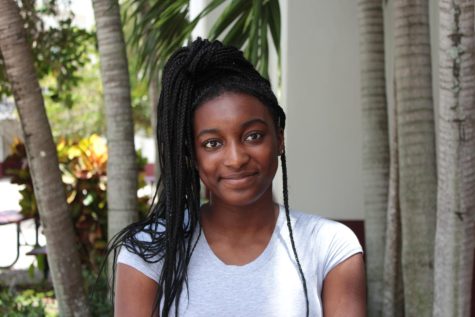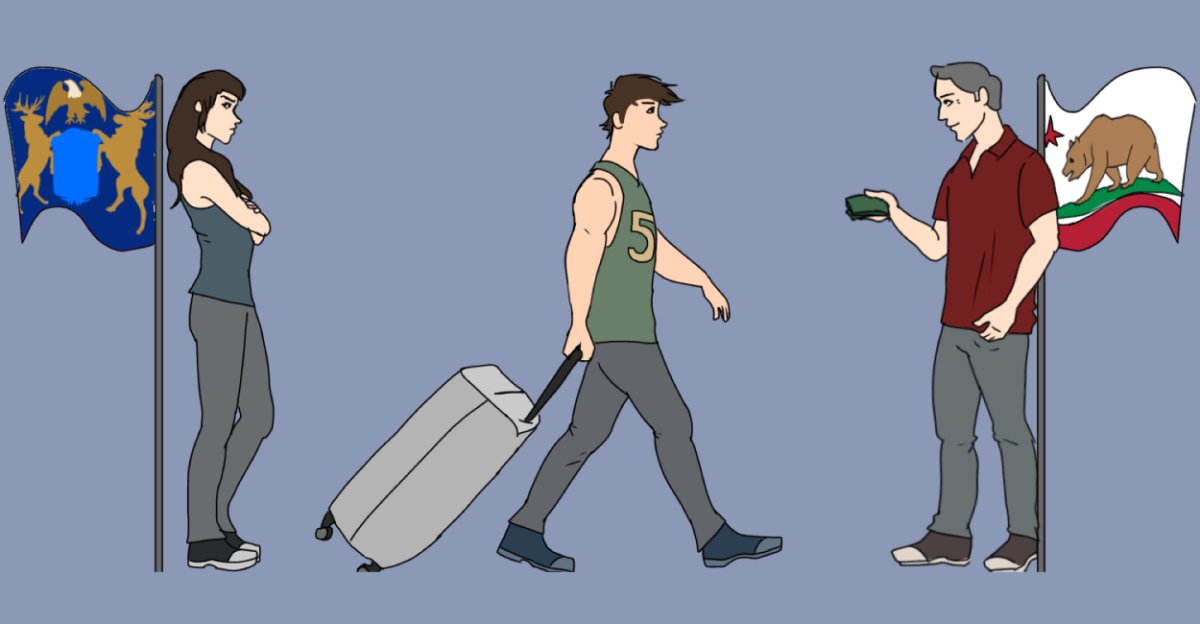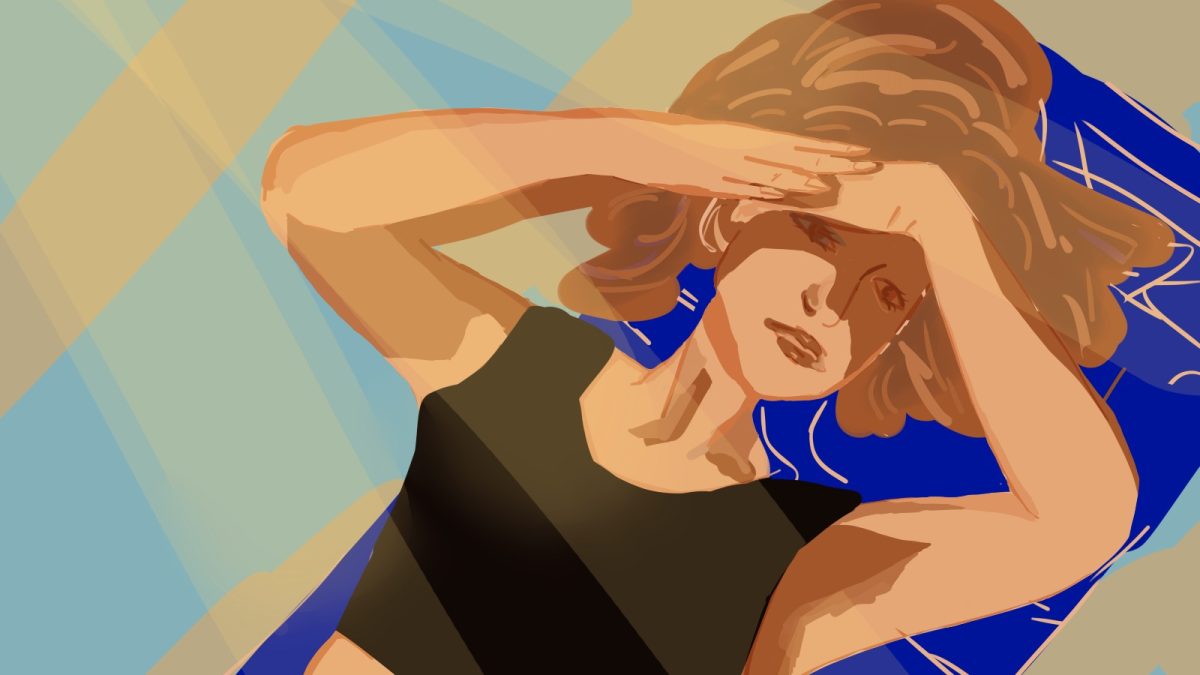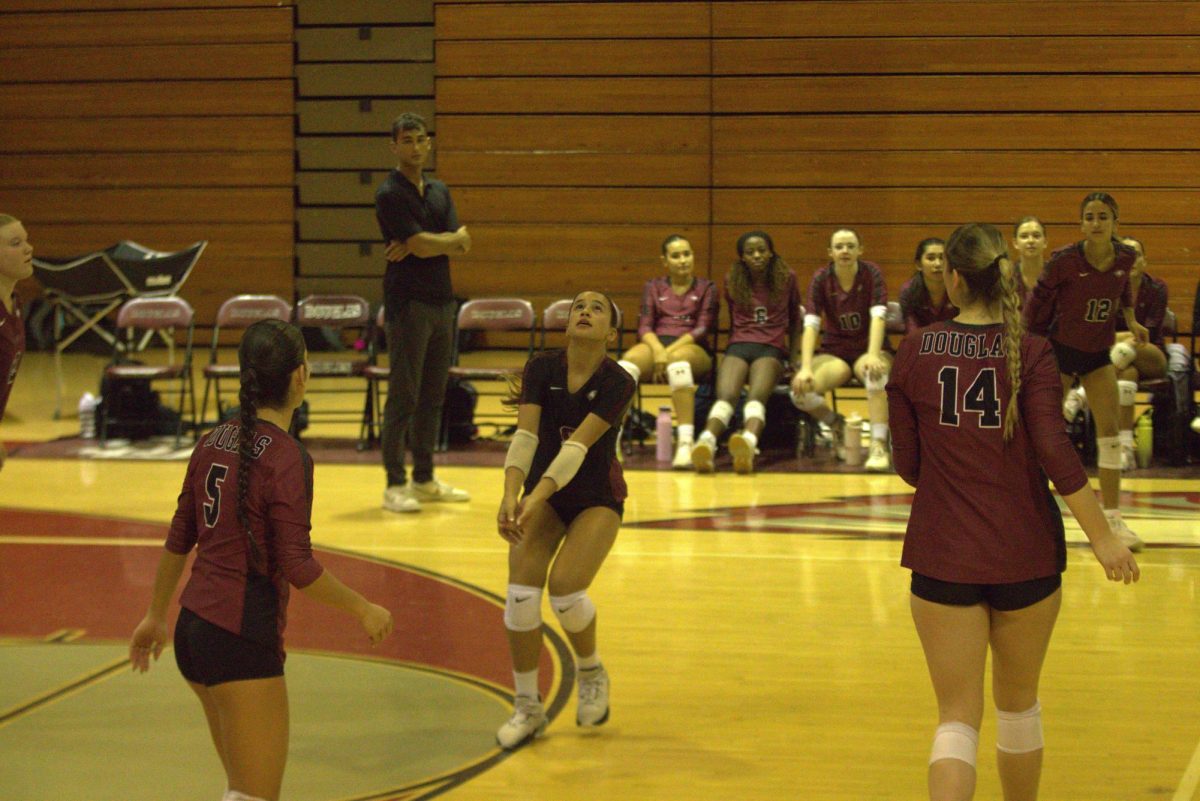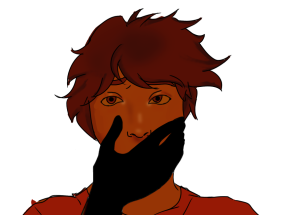MSD staff and students voice their opinions on altering school required reading novels to better suit modern standards and society
October 24, 2022
Required reading is an inescapable aspect of the high school experience, a piece of the educational process every student is required to endure. Nevertheless, much controversy has emerged over the novels that are selected for said reading, as most are classics originating from a time in which diversity was lacking in the media.
Yet, many people feel that these novels are lauded for a reason and still deserve their status in present-day society and within school settings. Thus, staff and students at Marjory Stoneman Douglas High School have varying views on such novels and their place on campus.
Books like The Great Gatsby by F. Scott Fitzgerald and The Scarlet Letter by Nathaniel Hawthorne are examples of the classic novels that perfectly fit the archetype of high school level required reading. While these pieces are reputable reads, they are not typically anything that would attract a teenager’s interest, nor do they provide a narrative that teens can see themselves in. They detail the lives of people from periods in history that are hard for today’s teens to connect to because of differing experiences and lifestyles. They are also often written by older white males, with commentary based upon that period of time. For the most part, they have little relevance to the present despite the well-deserved praise they still receive.
Lack of diversity and representation of minority groups on all fronts–people of color, people with disabilities, people who identify as part of the LGBTQ+ community, women, etc.–is the largest reason people feel that the books chosen for required reading should be altered.
“I feel that modern books being added to the required reading list would help minorities feel less alienated,” sophomore Brianna Sharma said. “It would [also] be beneficial to the majority to read and understand such big issues from a modern perspective.”
This is not to say that all classics lack diversity or cannot be relatable or relevant today. Novels such as Orlando by Virginia Woolf and any of James Baldwin’s works feature representations that, for the most part, were unseen in media of their time. Novels like Women, Race & Class by Angela Y. Davis, A Room of One’s Own by Woolf and many classic dystopian pieces all feature social and political commentary that holds up nearly as much today as when they were first published.
“The themes and plots [of some classic novels] can connect to students today,” English teacher Dara Hass said. “Romeo and Juliet for example is a love story between two teenagers who love so deeply it takes over their lives. It is an extreme tale of love, but it is one teenagers can connect with the idea of having strong emotions and also think about the choices made by Romeo and Juliet they don’t agree with.”
Still, it is an indisputable fact that novels today feature a much wider variety of experiences that can resonate with a greater number of people. These novels give students not only the representation they deserve but allows them to see from the viewpoint of others in the modern world, whose experiences may be otherwise foreign to them. In 2020 it was estimated by the University of Sidney Anthology that 40.2% of 112 books, named on a list of novels being published that year by HarperCollins, featured diverse characters and/or plots. This was a 5% increase from 2019 and almost doubled from 2018.
“Exclusively reading older books gives some readers the notion that these misfortunes don’t happen anymore, which is untrue and harmful,” Sharma said. “Reading modern books could also provide a safe space for the minorities presented in them, not only by offering representation but also potentially opening ignorant eyes.”
Despite the lack of diversity, people still feel that many classics should be read and taught in schools. They are undeniably accomplished pieces of literature that have shaped the written word. Classics serve as superior examples of writing techniques and many of them tell important stories that deserve to be heard. Additionally, they offer readers a glimpse into the time period in which they were written and serve as excellent educational resources on the customs and culture of society at that time.
While weighing the faults and benefits of continuing to read classic literature in school, both Sharma and Hass came to the conclusion that modern books should be added to the curriculum, while simultaneously keeping classics included. They feel, along with many others, that required reading novels should ultimately be ones that students can appreciate and connect with.
“Modern books should be brought into the classroom too,” Hass said. “There should be a balance of both classic with modern. Writing styles and stories change throughout time and a more modern story may offer characters and a plot students can better connect to.”
Acclaimed and highly appreciated, classics have had an abundance of time in the limelight. While their popularity will not be diminished and their appeal and presence within academic settings will not fade, many believe that accompanying these novels in school curriculums should be modern books, exploring modern themes.

